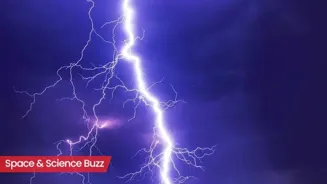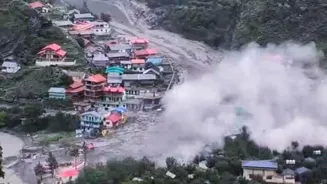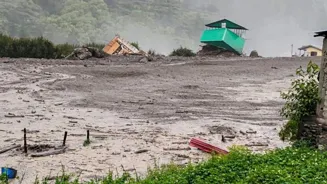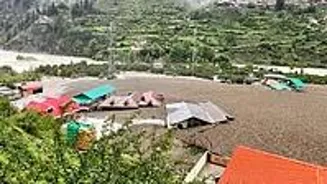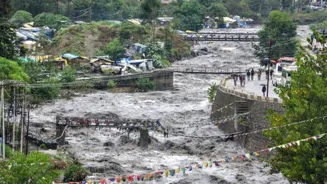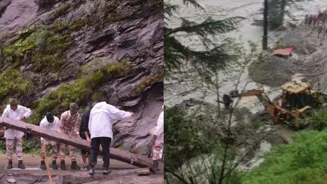Here are today’s most important updates from the realm of Science and Space.
Urban Heat and Climate Shift Spark Lightning Surge in India
Once a rare occurrence, lightning has now become a frequent and deadly hazard
in India. Lightning, defined as a sudden electrical discharge between clouds or between a cloud and the ground accounts for 35.8% of all weather-related deaths, making it the leading cause of death due to natural forces India. While lightning is a natural phenomenon, its frequency and intensity have been amplified by several human-induced factors: global warming, urbanisation, deforestation, the formation of urban heat islands, and rising aerosol levels. Urbanisation contributes to increased lightning frequency primarily through the urban heat island effect and altered atmospheric conditions caused by pollution and urban development. Polluted urban air boosts ice in clouds, making them more electrically charged — leading to more frequent and intense lightning strikes.
From Above: Shocking Satellite Images Unveil Uttarkashi’s Destruction
#Suhora's team conducted the #flashfloods Damage assessment using SAR and high-resolution optical imagery to identify the disaster-hit zones resulting from this catastrophic event.#EarthObservation #UttarkashiDisaster #Uttarkashi pic.twitter.com/m3knXssynl
— Suhora Technologies (@suhoratech) August 7, 2025
(Credit: X/@surohatech)
Recent satellite analysis has revealed the extensive impact of the Uttarkashi tragedy, with approximately 148 buildings damaged and around 16 hectares of land affected. The assessment was conducted by Suhora Technologies using Synthetic Aperture Radar (SAR) and high-resolution optical imagery to identify the severely impacted zones. This advanced imaging technology highlighted the widespread destruction, which includes damage to housing, schools, and various public infrastructure. With the help of cutting-edge satellite technologies like SAR, authorities can better understand the extent of damage swiftly and implement targeted relief and recovery operations.
Jungle Bonds Run Deep: Female Gorillas Remember for Life

New research has revealed that social bonds between female mountain gorillas are far more significant than previously believed. A study conducted over two decades in Volcanoes National Park shows that when female gorillas join new groups, they actively seek out and reconnect with other females they've known before. Even after years of separation, the newly arrived gorillas tend to form alliances with familiar companions, suggesting strong and lasting emotional ties among the great apes. This long-term research sheds new light on gorilla behaviour and the depth of their social connections, especially among females. Broad group traits such as group size or sex ratio did not seem to matter, but past social experiences did, with females avoiding males they grew up with and seeking out females they already knew.
Climate-Proof Carnivore: Bones Were the Secret Weapon

(Credit: Science Daily)
What happened during the Paleocene-Eocene Thermal Maximum (PETM), a major warming event 56 million years ago, is very much mirrors what's happening today and what will happen in the future. As per new research, a prehistoric predator was about the size of a jackal or a coyote and likely consumed a mix of meat and other food sources like fruits and insects. Before this period of rising temperatures, Dissacus had a diet similar to modern cheetahs, eating mostly tough flesh. But during and after this ancient period, its teeth showed signs of crunching harder materials, such as bones. That suggests they were eating more brittle food, which were probably bones, because their usual prey was smaller or less available. The findings also highlight the importance of dietary flexibility, he said. Animals that can eat a variety of foods are more likely to survive environmental stress.
